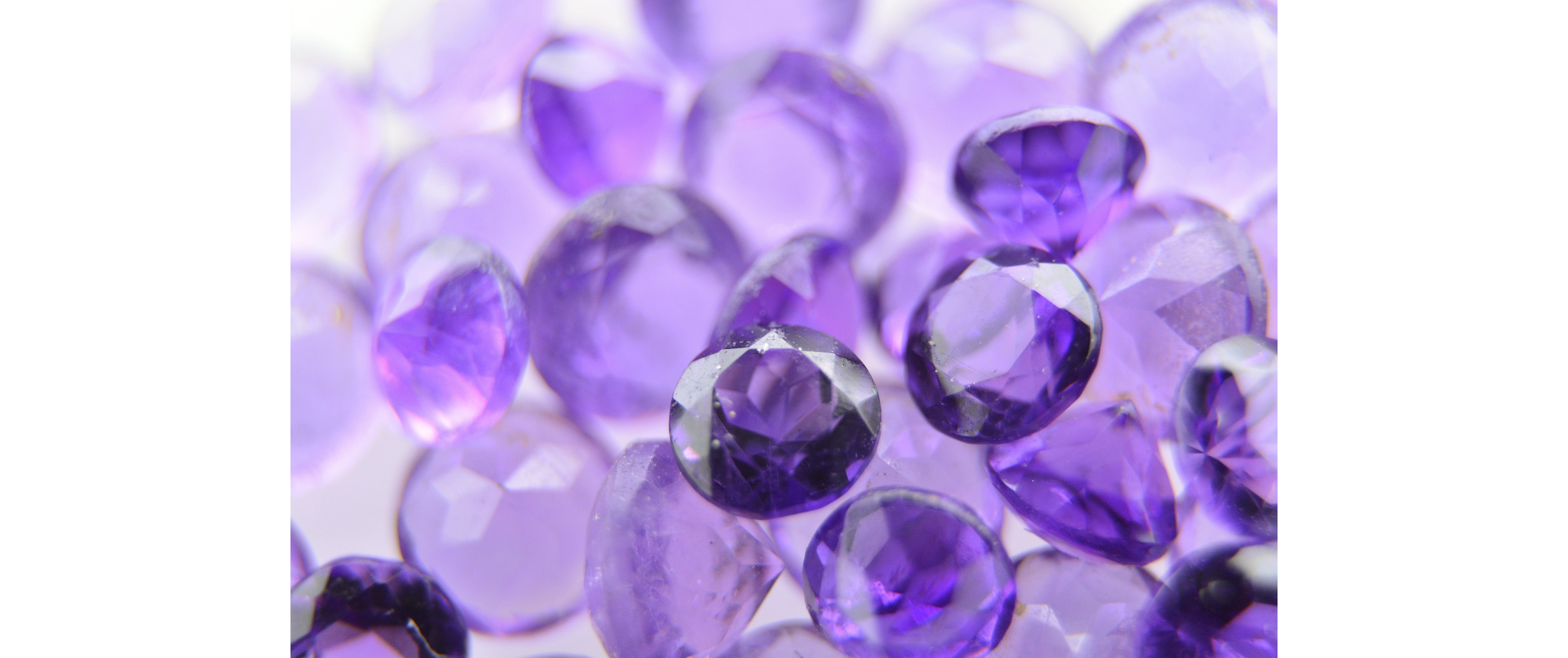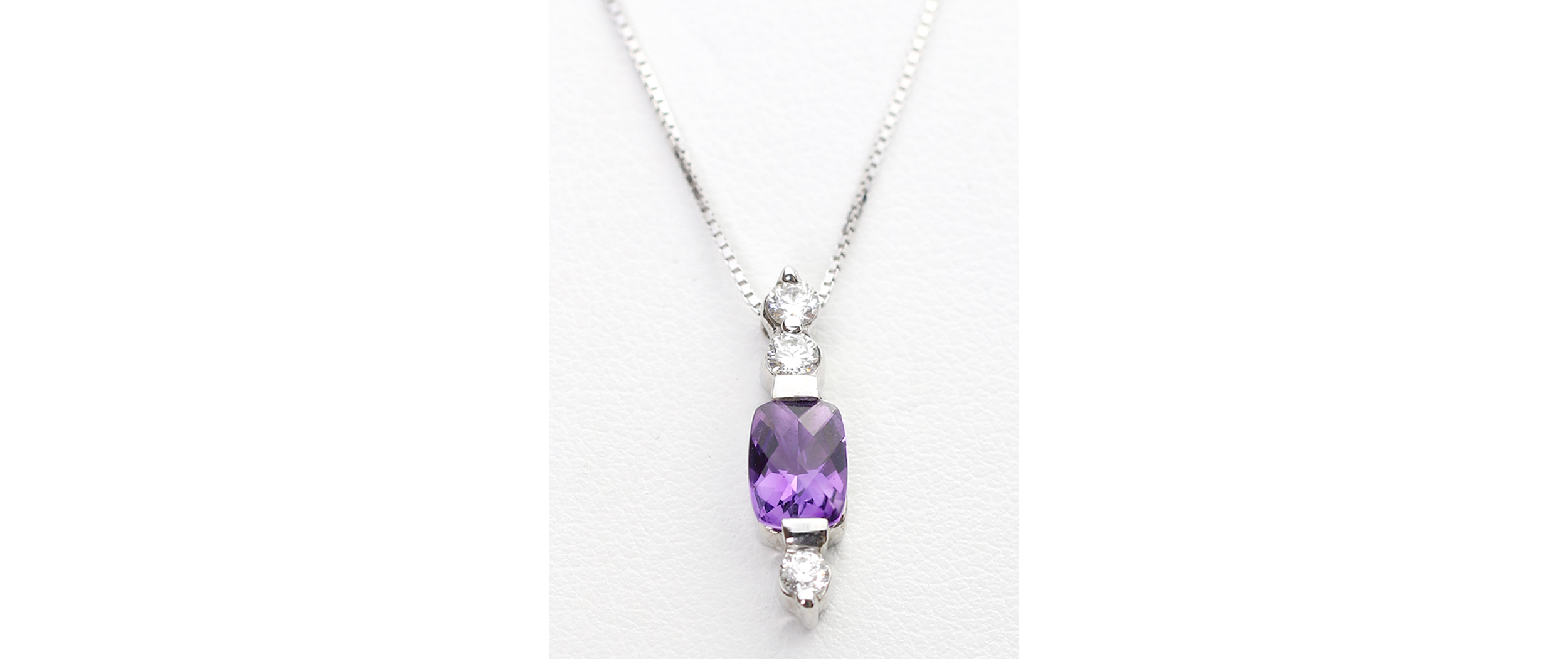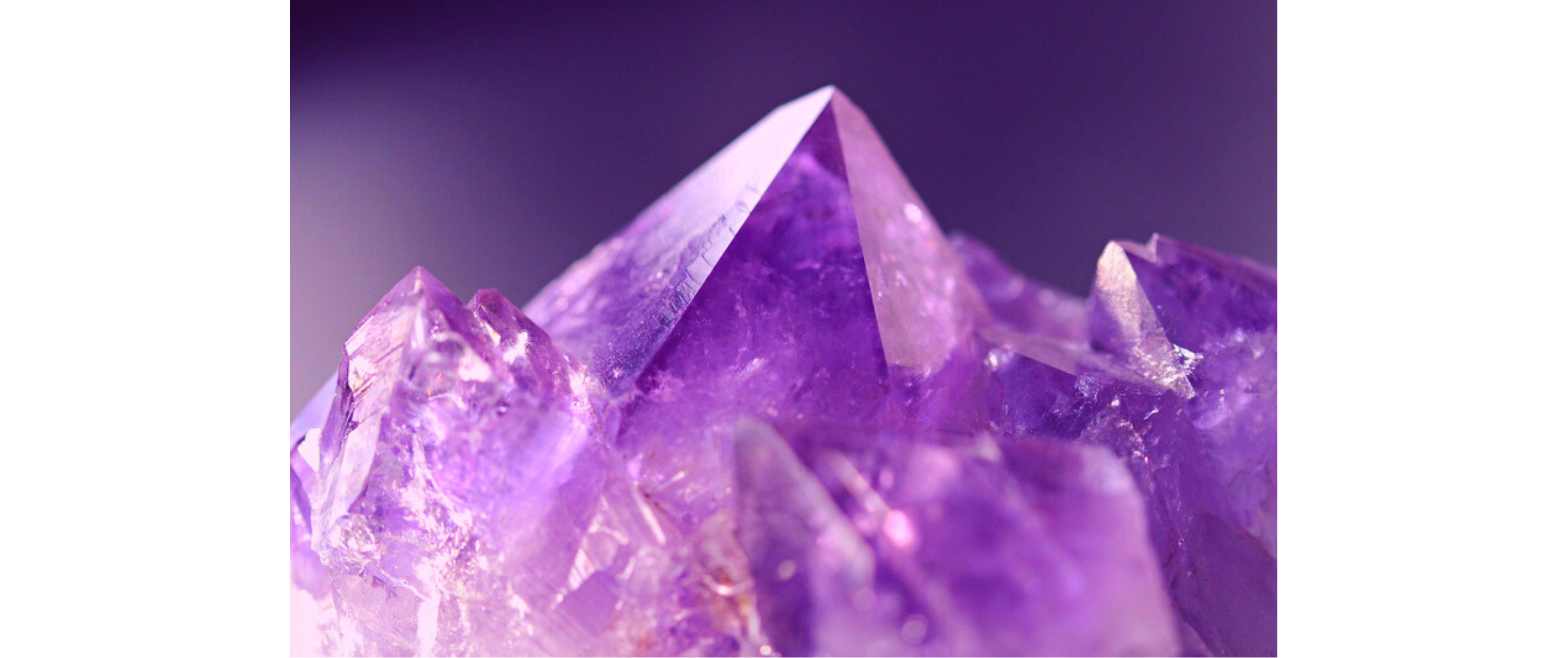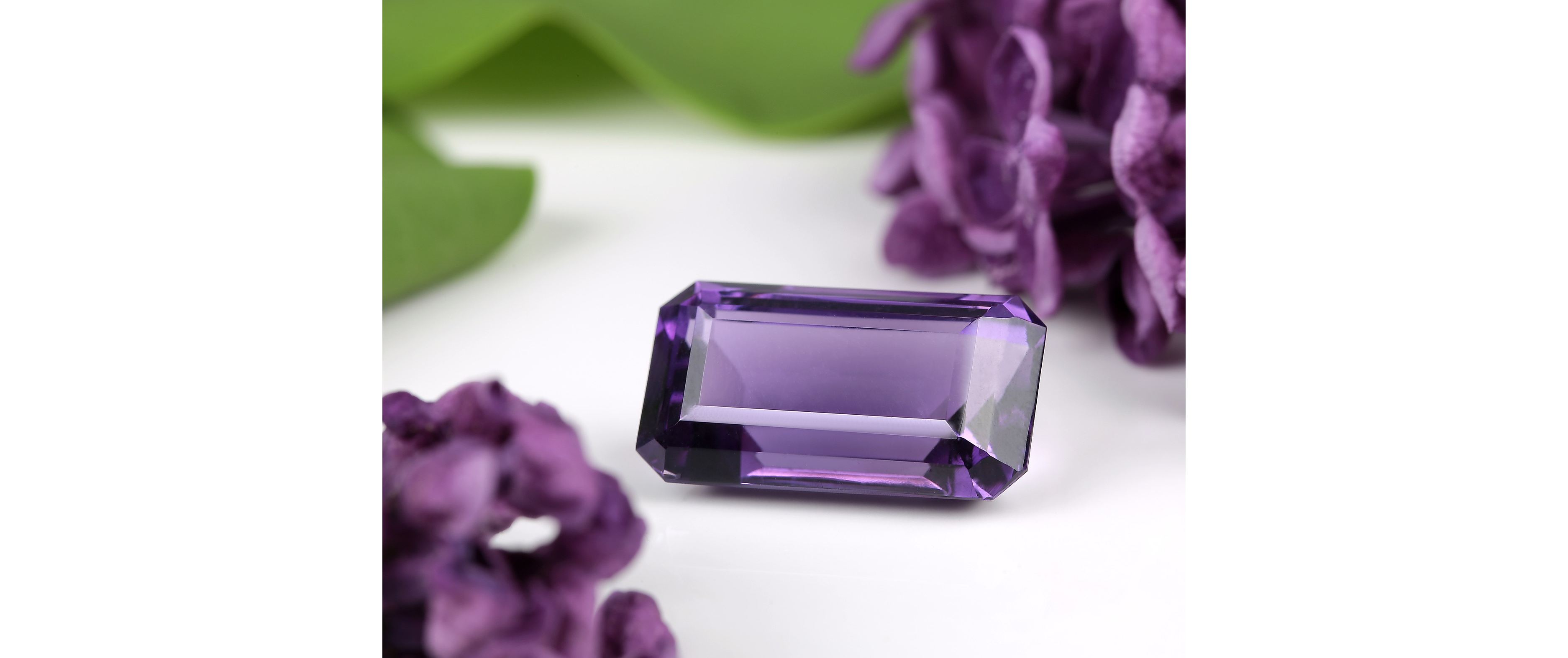FEBRUARY BIRTHSTONES




AMETHYST
Amethyst comes from the Greek word “amethystos” meaning “not drunken” or “not intoxicating”. It was adopted into Latin as “amethystus” and Old French as “ametiste”.
Amethyst is the purple to violet hued variety of Quartz. It gets its color from iron and manganese and has a color range from purple to violet and pale lilac to deep purple or grape hue. Today, the most sought-after color of Amethyst is a deep purple with high saturation. The Moh’s hardness of Amethyst is 7.
Amethyst can be found in Russia, Brazil, Africa, Siberia, Germany, Italy, Uruguay, Zambia, South Korea, South America, Bolivia, Canada, and the United States of America.
In 1912 the National Association of Jeweler’s made Amethyst the birthstone for February. It is the stone for the 6th, 33rd, and 48th Wedding Anniversaries. Amethyst is associated with the zodiac signs of Aquarius, Pisces, and Capricorn.
In Ancient Greece Amethyst was believed to keep one clear-headed, quick-witted, and ward off intoxication or drunkenness, especially that which was from Bacchus.
In ancient China amethyst was believed to avert everyday perils and dispel negative energy. In Feng Shui, amethyst is used in the wealth placement of the home to bring in material wealth.
In the Middle Ages Amethyst symbolized royalty and was considered equal in value to ruby, sapphire, and emerald.
Historical accounts claim that Saint Valentine owned an amethyst intaglio ring with an image of Cupid.
Leonardo Da Vinci believed that Amethyst had the power to ward off evil and vicious thought and quicken intelligence by empowering one with alacrity and acumen.
Amethyst has historically been associated with love, spirituality, sincerity, quick wits, and clear headedness. It was also associated with good luck during wars or hunts. It was said to ward off evil spirits and banish sorrow.
Historically speaking, Amethyst was believed to treat wounds (help heal) and get rid of poisons in the body. It was also used to prevent drunkenness.
Care:
Amethyst is safely cleaned with warm soapy water. Ultrasonic cleaners are safe unless the gemstone has been treated with dye or has been fracture-filled. Avoid steam cleaning. Abrupt temperature changes can cause it to fracture. Its color can fade with prolonged exposure to intense light. Amethyst does not react with most acids or chemicals; however it can be etched by hydrofluoric acid and damaged by ammonium fluoride and alkaline solutions.
